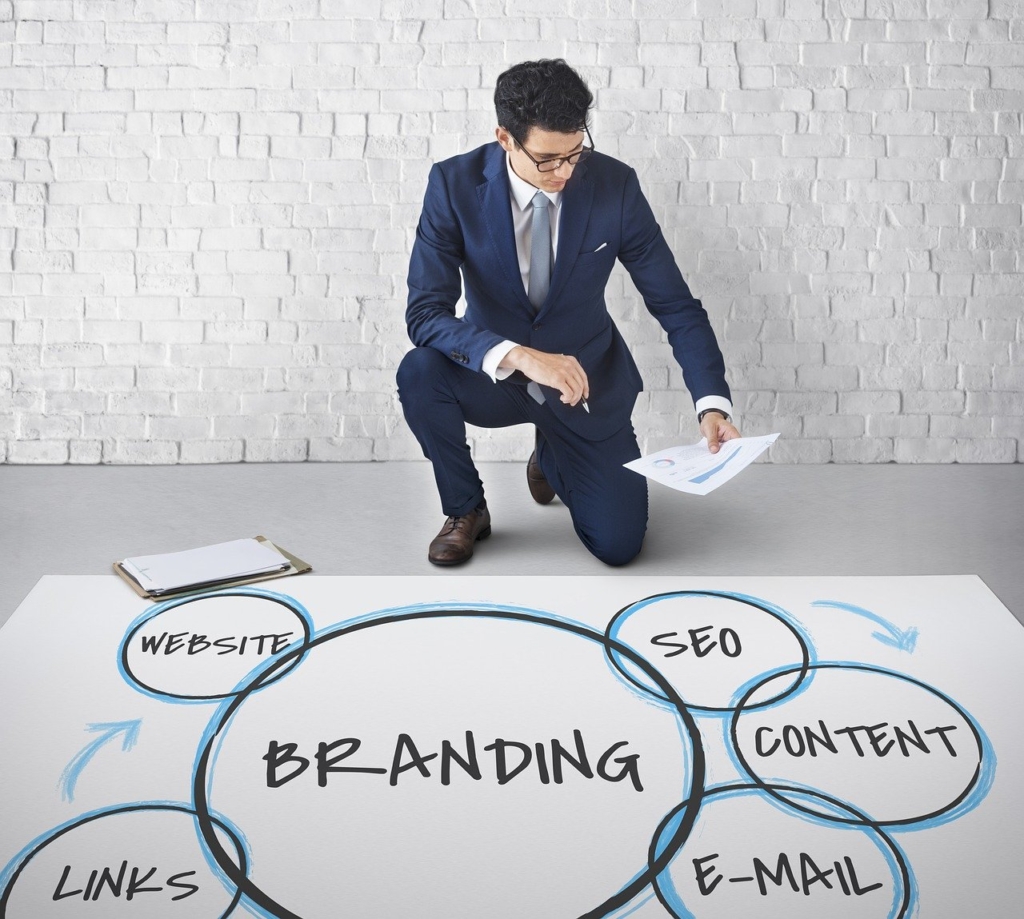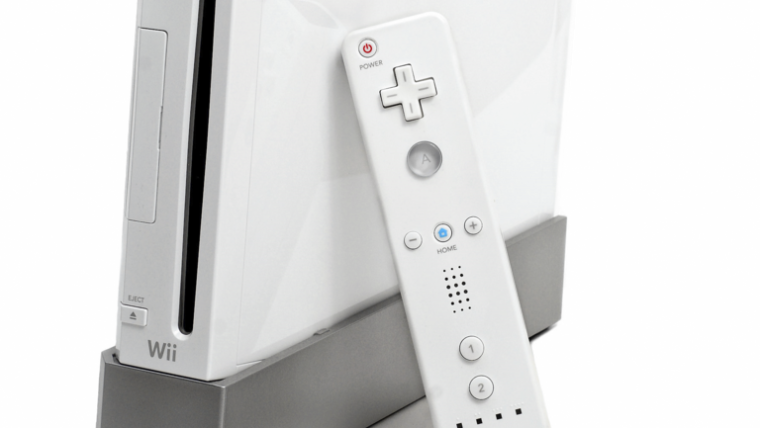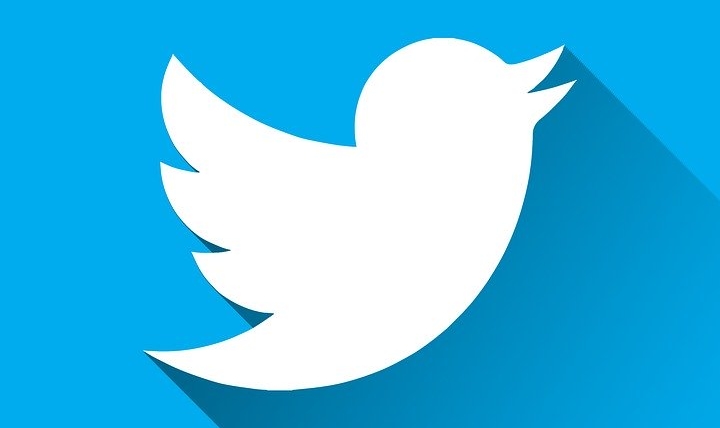
Pop ads—those quick, sometimes unexpected ads that appear while you’re browsing—are a unique tool for advertisers. Whether they show up on your favourite news site, a gaming page, or a social platform, these ads are more than just a passing annoyance. There’s a whole strategy and psychology behind them, built to catch your attention in a fraction of a second and deliver a message before you even consider skipping past.
Table of Contents
The Power of Interruption
Ever noticed how difficult it is to ignore a pop ad that suddenly appears? That’s no accident. Pop ads use a powerful psychological tactic called interruption marketing. Unlike banner ads that blend into the background, pop ads disrupt whatever you’re doing, demanding attention. They leverage the element of surprise, which is a core aspect of human perception—when something unexpected occurs, our brains instinctively turn toward it. Think of it as an automatic response that you almost can’t control. For advertisers, this brief moment of undivided attention is gold, especially when they’re trying to make a quick, impactful impression.
But the interruption isn’t just about grabbing your attention; it’s about holding it long enough to create a memorable impression. Once they’ve captured your eye, pop ads use concise, visually compelling content to convey their message, maximizing the impact of that brief window before you continue scrolling.
Why Advertisers Are Turning to Pop Ads Networks for Real-Time Results
So, why leverage the best pop ads network for advertisers? The answer lies in how quickly these ads can deliver performance metrics. In a world where timing is everything, pop ads provide a faster, more dynamic way to measure user engagement. When users click on a pop ad, advertisers get immediate feedback—whether it’s click-through rates, conversions, or time spent on a landing page.
The Role of Visuals and Design
It’s one thing to catch someone’s attention; it’s another to make it stick. Pop ads are designed with high-impact visuals, often featuring bold colours, minimal text, and compelling imagery that quickly conveys a message. In the few seconds they appear, they rely on the brain’s ability to process visual information faster than text. Studies suggest that humans process images up to 60,000 times faster than words, which is why visual elements are critical to pop ads’ success. These visuals don’t just help deliver a message; they make it memorable.
Colour psychology also plays a big part in pop ads. Bright colours, especially reds, yellows, and blues, are often used to provoke specific emotions—red for urgency, blue for trust, yellow for optimism. These colours can evoke an immediate reaction, prompting viewers to engage with the ad or consider its message. Alongside this, pop ads usually keep text short and sharp, often using a direct call to action, like “Discover Now” or “Get Your Offer.” This approach gives viewers clear instructions, subtly guiding them to engage further.
Creating Emotional Impact
One of the reasons pop ads work so well is their ability to tap into emotional responses. When an ad appears suddenly, it often sparks curiosity or even a bit of excitement, drawing viewers in. Emotional impact is crucial in marketing because emotions create stronger memories than logic. Whether it’s a feeling of curiosity, urgency, or even humour, the quick nature of pop ads means they have to evoke a response instantly, creating a small but powerful emotional connection.
Imagine an ad with a ticking clock or a “limited-time offer” message that pops up as you browse. This approach leverages FOMO, or the “fear of missing out,” which is a powerful psychological driver. It suggests that if you don’t act now, you might lose out on something valuable. This tactic taps into the brain’s need for certainty, making us more likely to click or investigate further.
Enhancing the User Journey
While pop ads are often seen as interruptions, they’re increasingly being crafted to enhance the user journey. Many advertisers use pop ads to offer deals or discounts that are directly relevant to what you’re already viewing. For example, if you’re reading a blog about hiking, a pop ad offering a discount on outdoor gear feels like a natural, helpful addition rather than an intrusive ad. This relevance is key; when pop ads align with user interests, they feel less like a distraction and more like a valuable discovery.
Additionally, some ads provide direct benefits, such as free shipping or exclusive content access. When pop ads offer something that resonates with users’ needs or desires, they seamlessly blend into the browsing experience, making them more likely to generate a positive response.
Final Thoughts: Pop Ads as a Smart Choice
Pop ads may not always be everyone’s favourite, but there’s no denying their impact. They leverage psychology, design, and timing to reach audiences in a way that’s both efficient and effective. For advertisers looking to make a quick impression, pop ads offer a unique advantage, capitalizing on our natural reactions to surprise and visual cues.


